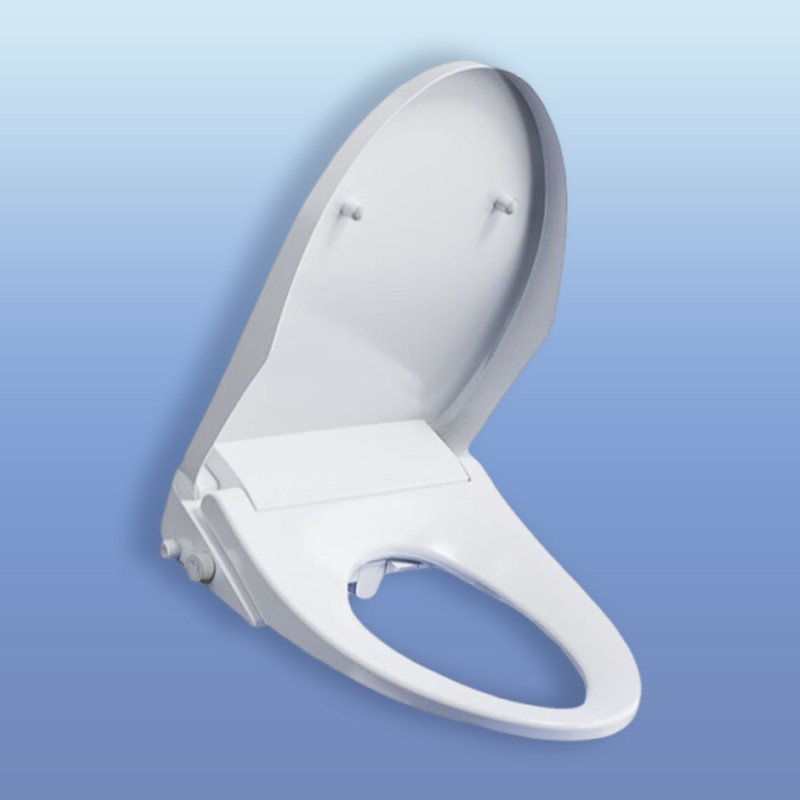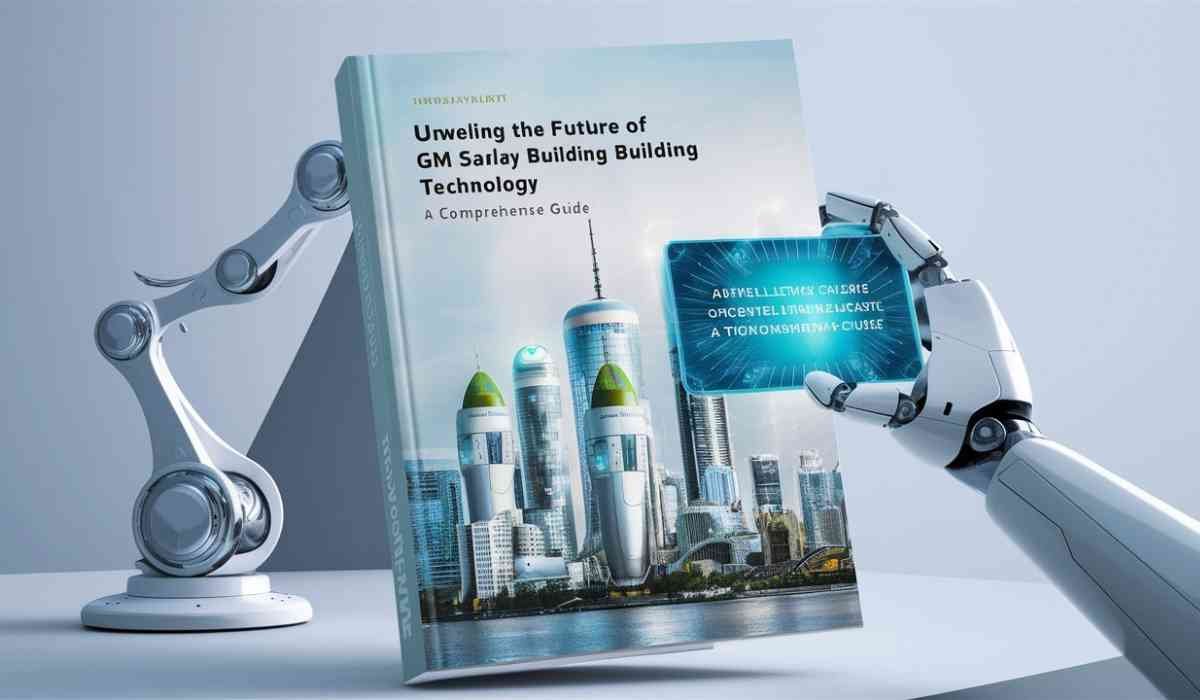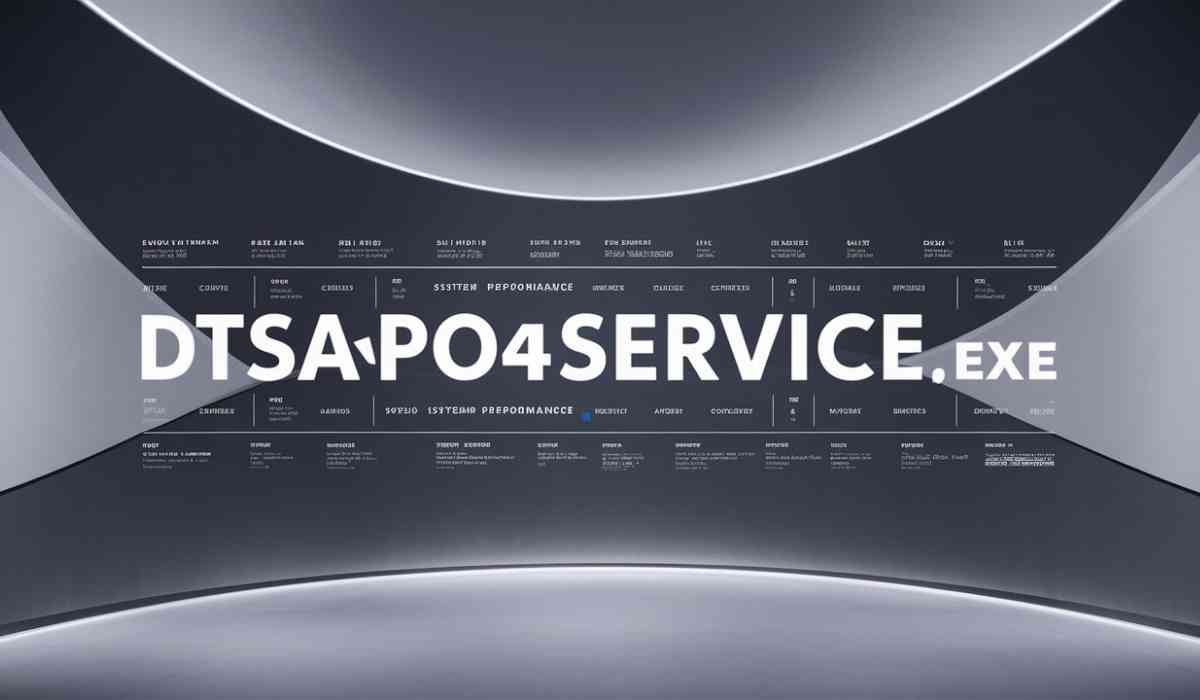As bidets continue to grow in popularity for their superior hygiene benefits, many people are now faced with an important decision: should they opt for a non-electric bidet toilet seat or an electric bidet seat?
While both options offer distinct advantages, there are differences in terms of initial cost, long-term maintenance, energy consumption, and overall convenience.
This article will compare the costs associated with non-electric bidet toilet seats and electric bidet seats, focusing on the initial investment, long-term maintenance, and energy savings.
1. Understanding Non-Electric and Electric Bidet Seats
Before diving into the cost comparison, it’s important to first understand the core differences between non-electric bidet toilet seats and electric bidet seats.
Non-Electric Bidet Toilet Seat
A non electric bidet tiolet seat operates using water pressure from your plumbing system rather than requiring an electrical connection. These bidets are generally simpler in design and function, with water used to clean the user after use.
Some non electric bidet toilet seat models come with basic features like adjustable water pressure and temperature control, although these are often more limited than electric models.
- No electricity required: These bidets rely entirely on the water supply, making them very energy-efficient.
- Simple design: These units often come with fewer features compared to electric bidets but still provide a high level of hygiene.
- Affordable: Generally, non electric bidet toilet seat options are more affordable upfront.
Electric Bidet Seat
Electric bidet seats are more feature-rich, offering a range of conveniences such as heated seats, warm water for cleaning, and air dryers.
These bidets require an electrical connection to power the various features. The increased functionality generally means a higher upfront cost but can add comfort and customization.
- Electric components: Includes features like warm water, heated seats, air dryers, and remote controls.
- Customization: Users can adjust settings like water temperature, air pressure, and dryer heat, offering a more personalized experience.
- Higher cost: These bidets typically require a higher initial investment and installation.
2. Initial Investment: Non-Electric vs. Electric Bidet Seats
The cost difference between non-electric bidet toilet seat models and electric bidet seats is most apparent when considering the initial investment.
Non-Electric Bidet Toilet Seat Pricing
Non-electric bidet toilet seat models are generally much more affordable than their electric counterparts. Depending on the features and build quality, these bidets can range from as low as $30 to upwards of $200.
- Basic models: Prices start around $30 – $50 for a non electric bidet toilet seat that simply sprays water for cleaning.
- Mid-range models: These can range from $50 to $100, often including features like adjustable water pressure and nozzle positioning.
- Premium models: Higher-end non electric bidet toilet seat options might reach $150 to $200, offering features like heated water (if connected to a hot water supply), self-cleaning nozzles, and better build quality.
Electric Bidet Seat Pricing
Electric bidet seats come with more advanced features, which contribute to their higher cost. These bidets can range from $200 to $1,500 or more, depending on the number of functions and brand. Here’s a breakdown:
- Basic electric bidet seats: Around $200 – $400, offering warm water, basic spray adjustments, and water temperature control.
- Mid-range models: Typically priced between $400 – $700, with added features like heated seats, air drying, and adjustable nozzle positions.
- High-end models: From $700 to $1,500+, these come with luxury features such as remote controls, programmable user settings, and advanced air dryers.
Conclusion: Initial Investment
- Non-electric bidet toilet seats are the more affordable option, with prices typically ranging from $30 to $200.
- Electric bidet seats are more expensive, starting at $200 and going up to $1,500+, depending on the features and customization options.
3. Long-Term Maintenance Costs
While the initial price is a key consideration, it’s also important to factor in long-term maintenance costs. Bidets generally have low maintenance requirements, but the complexity of the unit can influence the frequency and cost of repairs.
Non-Electric Bidet Toilet Seat Maintenance
Non electric bidet toilet seat models are simple, which typically means fewer maintenance issues. The main areas that may require attention are:
- Cleaning the nozzle: Most best non electric bidet models include self-cleaning nozzles, which can help maintain hygiene, but occasional manual cleaning may still be required.
- Water pressure adjustments: If water pressure fluctuates, this could affect the performance of the bidet, although most plumbing systems require little intervention.
In general, the maintenance costs for a non electric bidet toilet seat are low because these units don’t have any electrical components to repair. Any repairs needed are generally related to the water flow or mechanical components.
Electric Bidet Seat Maintenance
Because electric bidet seats come with more advanced features, maintenance costs can be higher. Here are some potential maintenance needs:
- Electrical components: Over time, the electrical components of electric bidet seats (like the heated seat or water heater) may need repair. Replacing a heating element or the air dryer motor could be costly, particularly for higher-end models.
- Water filter replacements: Many electric bidets come with water filters that need to be replaced every 6 to 12 months, which adds to the maintenance costs.
- Cleaning nozzles: Like non electric bidet seat models, these require occasional cleaning to maintain hygiene and performance.
On average, the electric bidet seat requires more maintenance due to its electrical parts, which may increase long-term costs.
Conclusion: Maintenance Costs
- Non-electric bidet toilet seats generally have lower long-term maintenance costs because they lack complex electrical components.
- Electric bidet seats may incur higher maintenance costs, particularly for repairs to electrical components and the replacement of water filters.
4. Energy Savings: Non-Electric vs. Electric Bidet Seats
One of the most significant differences between non electric bidet toilet seat models and electric bidet seats is energy consumption. If you’re looking to save on electricity, it’s important to consider how much energy each type of bidet uses.
Non-Electric Bidet Toilet Seat Energy Use
Since non electric bidet seat models don’t rely on electricity, they are the most energy-efficient option. These bidets only use water pressure from your plumbing system to operate, meaning there’s no additional energy cost beyond your regular water usage.
- Zero electricity cost: This is a key advantage for those looking to minimize their energy consumption, as there’s no need for power to operate the bidet.
- Water consumption: While water usage may increase, it’s still significantly more eco-friendly than using toilet paper, especially if you’re reducing waste by using less paper.
Electric Bidet Seat Energy Use
Electric bidet seats, while offering luxury features, do consume electricity. The following are some of the primary energy-consuming features:
- Heated seat: The seat heating element uses a constant amount of electricity, though many units are designed to be energy-efficient with low energy consumption.
- Warm water: Heating water for cleaning requires energy, though some models have energy-saving modes or features that turn off the heating element when not in use.
- Air drying: Air dryers use electricity to blow warm air for drying. The more frequent the use of the air dryer, the higher the energy consumption.
Although electric bidet seats are not as energy-efficient as non electric bidet toilet seats, many high-quality models come with eco-friendly features such as energy-saving modes or automatic shut-off features to reduce overall energy consumption.
Conclusion: Energy Savings
- Non-electric bidet toilet seats have no energy costs, making them the most energy-efficient option.
- Electric bidet seats consume electricity to power heating and drying functions, which can add to your utility bills, but they often feature energy-saving modes to mitigate this.
5. Which Bidet is Right for You?
Choosing between a non electric bidet toilet seat and an electric bidet seat ultimately depends on your preferences, budget, and long-term needs. Here’s a quick summary:
- Non-electric bidet toilet seats are ideal for those who want a budget-friendly, low-maintenance, and eco-friendly option. They are simpler, more affordable, and don’t require electricity, making them the most cost-effective choice upfront and in the long run.
- Electric bidet seats are better for those who want added comfort and luxury, with features like heated seats, warm water, and air dryers. While the upfront cost and maintenance are higher, these bidets offer a more customizable and comfortable bathroom experience.
For those considering a more affordable non electric bidet toilet seat, you can explore great options online, such as the best non electric bidet, which combines cost-effectiveness with essential features. On the other hand, if you’re looking for a more advanced solution, bidet toilet seats with electric features might provide the extra comfort and convenience you’re seeking.
Conclusion
When comparing non electric bidet toilet seat models to electric bidet seats, it’s clear that both have their advantages and drawbacks.
By considering your budget, preferences, and long-term needs, you can make an informed decision that best suits your lifestyle. Whether you opt for a non electric bidet attachment or an electric model, both offer significant improvements in bathroom hygiene and personal comfort.









